![图片[1]-How to Choose the Right Agricultural Drone for Your Farm: A Comprehensive Guide-msoen](https://www.msoen.com/wp-content/uploads/2025/04/0e151c96c1214759.jpg)
![图片[2]-How to Choose the Right Agricultural Drone for Your Farm: A Comprehensive Guide-msoen](https://www.msoen.com/wp-content/uploads/2025/04/164e113f97214114.jpg)
![图片[3]-How to Choose the Right Agricultural Drone for Your Farm: A Comprehensive Guide-msoen](https://www.msoen.com/wp-content/uploads/2025/04/4e0d9ec2ca214327.jpg)
Agricultural drones are revolutionizing modern farming, offering precision, efficiency, and cost savings. But with so many options available, selecting the right drone can feel overwhelming. This guide breaks down the key factors to consider when choosing an agricultural drone for your needs.
- Define Your Farming Needs
Start by identifying your primary use cases. Are you spraying pesticides, monitoring crop health, mapping fields, or planting seeds? Different drones specialize in specific tasks:
- Spraying drones require larger payload capacities and precision nozzles.
- Mapping/surveying drones need high-resolution cameras and multispectral sensors.
- General-purpose models balance affordability with basic functionalities like aerial imaging.
Align your purchase with your farm’s size, crop types, and most frequent challenges.
- Evaluate Key Technical Features
Flight Time & Battery Life
Look for drones with 25+ minutes of flight time and swappable batteries for uninterrupted fieldwork. Longer battery life reduces downtime during large-area operations. Payload Capacity
For spraying or seeding, prioritize drones that can carry 10–20 liters of liquid or granular payloads. Lighter drones may suffice for imaging tasks. Sensor Quality
Advanced sensors like multispectral, thermal, or LiDAR provide critical data on crop health, soil moisture, and pest infestations. Ensure compatibility with your farm management software. GPS Accuracy
Sub-inch RTK or PPK GPS systems ensure precise spraying and mapping, minimizing chemical waste and overlap.
- Assess Durability & Weather Resistance
Farms operate in harsh conditions. Choose drones with:
- IP67 waterproof ratings for rainy environments.
- Dustproof motors to withstand dry, dusty fields.
- Reinforced frames for crash resistance.
- Check Software & Data Integration
The best agricultural drones seamlessly integrate with farm management platforms. Prioritize models that offer:
- Real-time data analytics for quick decision-making.
- Compatibility with GIS tools for creating actionable field maps.
- Automated flight planning for repeatable, efficient workflows.
- Consider Scalability & Upgrades
As your farm grows, your drone should adapt. Look for:
- Modular designs allowing sensor or payload upgrades.
- Software updates that add new features over time.
- Scalable swarm technology for coordinating multiple drones.
- Review Local Regulations
Ensure compliance with aviation authorities. Key requirements often include:
- Operator certifications or licenses.
- Restrictions on flight altitudes or no-fly zones.
- Insurance mandates for commercial drone use.
- Compare Costs & ROI
While budget is important, focus on long-term value. Calculate potential savings from:
- Reduced chemical usage through targeted spraying.
- Higher yields from data-driven crop management.
- Labor cost reductions via automation.
Entry-level drones start around $2,000, while advanced models exceed $20,000. Balance upfront costs with projected efficiency gains.
Final Tips for First-Time Buyers
- Test drones through demos or rentals before purchasing.
- Prioritize vendors offering strong technical support and warranties.
- Join farming forums to learn from peer experiences.
By carefully weighing these factors, you’ll invest in a drone that boosts productivity, sustainability, and profitability for years to com



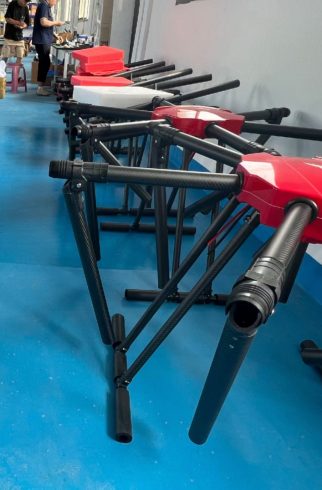
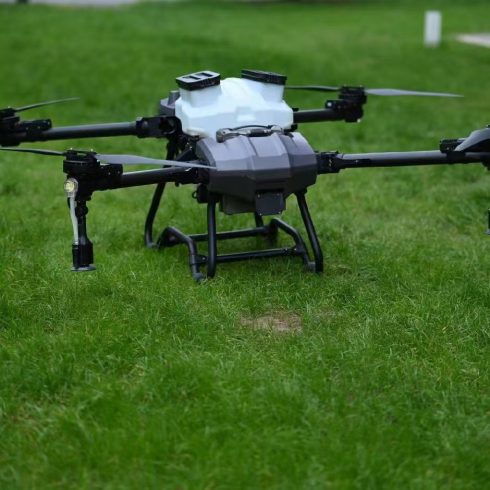

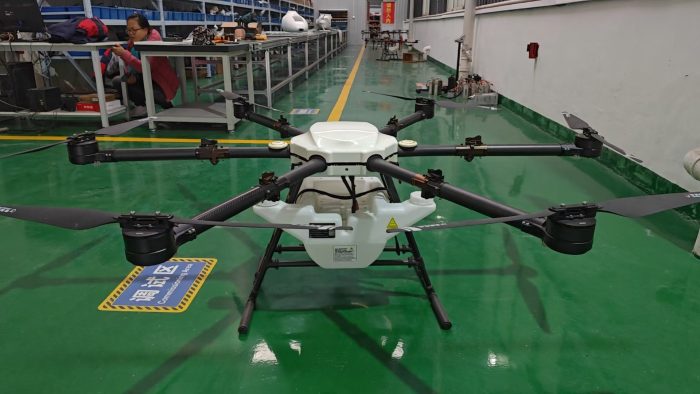
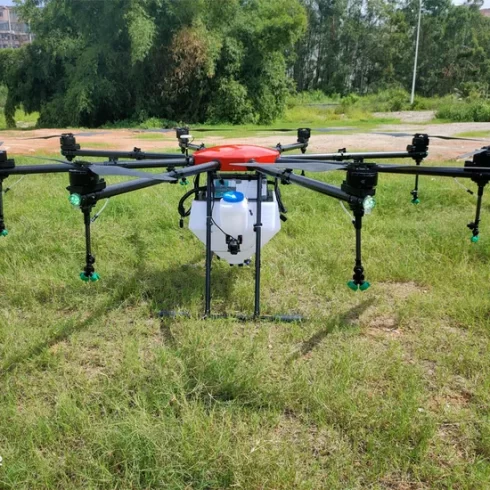
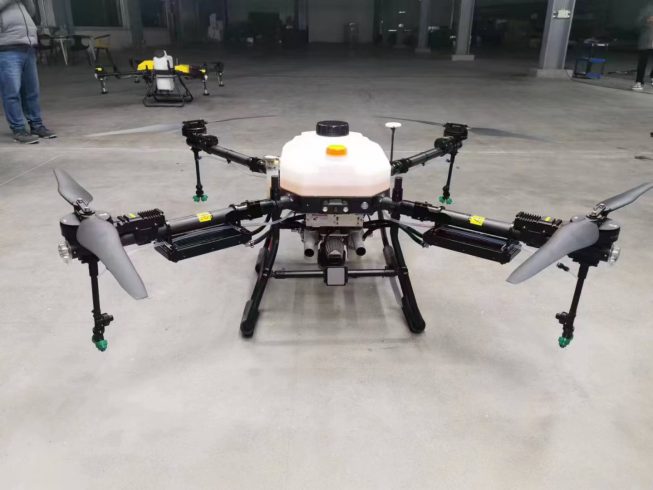
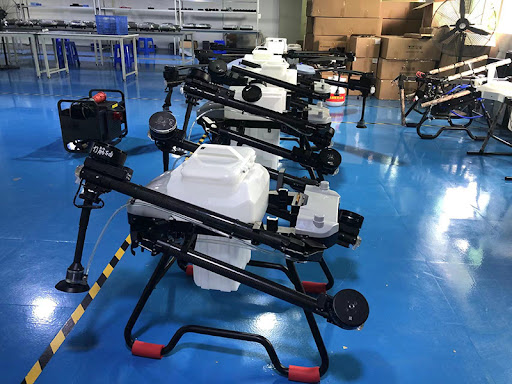

暂无评论内容